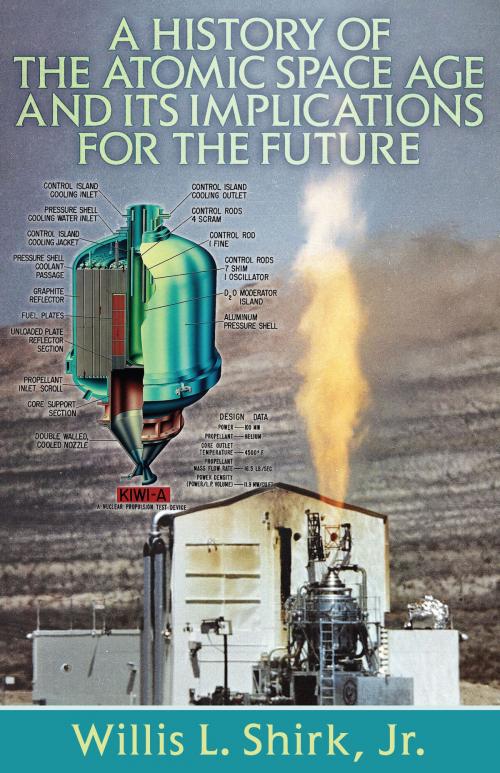A History of the Atomic Space Age and Its Implications for the Future
Nonfiction, Science & Nature, Science, Other Sciences, Applied Sciences| Author: | Willis L. Shirk | ISBN: | 9781457562105 |
| Publisher: | Dog Ear Publishing | Publication: | February 12, 2018 |
| Imprint: | Dog Ear Publishing | Language: | English |
| Author: | Willis L. Shirk |
| ISBN: | 9781457562105 |
| Publisher: | Dog Ear Publishing |
| Publication: | February 12, 2018 |
| Imprint: | Dog Ear Publishing |
| Language: | English |
The Atomic Space Age has been and continues to be an engine for future wealth creation. Humanity stands on the verge of becoming an interplanetary species. We know we are made of star-stuff precisely because many of the isotopes in our bodies originated in the death throes of dying suns. With the discovery of nuclear fission in 1938, mankind was for the first time able to glimpse both our distant past and our possible future. As with the discovery of fire and agriculture thousands of years ago, wind power hundreds of years ago, and steam power and electricity in the nineteenth century, we must now learn to tame this powerful new force locked within the heart of the atom. Buckminster Fuller once observed that wealth is nothing more than energy compounded by ingenuity. Since (mass-)energy can never decrease, and ingenuity will only increase, there is no limit to the quantity of wealth that our species can and will create using nuclear space propulsion.
The Atomic Space Age has been and continues to be an engine for future wealth creation. Humanity stands on the verge of becoming an interplanetary species. We know we are made of star-stuff precisely because many of the isotopes in our bodies originated in the death throes of dying suns. With the discovery of nuclear fission in 1938, mankind was for the first time able to glimpse both our distant past and our possible future. As with the discovery of fire and agriculture thousands of years ago, wind power hundreds of years ago, and steam power and electricity in the nineteenth century, we must now learn to tame this powerful new force locked within the heart of the atom. Buckminster Fuller once observed that wealth is nothing more than energy compounded by ingenuity. Since (mass-)energy can never decrease, and ingenuity will only increase, there is no limit to the quantity of wealth that our species can and will create using nuclear space propulsion.















